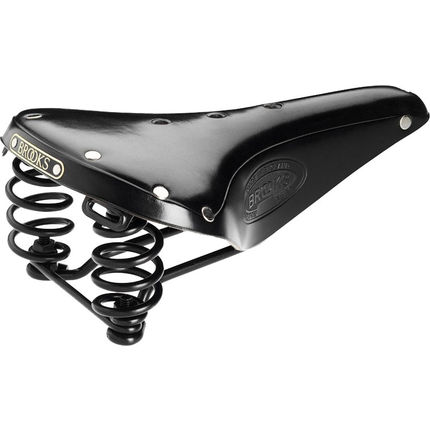What is your purpose of cycling? Is it for sight seeing, exercise, commuting, touring or racing? All bikes can do all of the above to some degree but bikes designed for one purpose is not generally not suited for another. The reason is the back angle of the rider is different on each of these specialised bikes.
Just imagine if you are new to a city and cycling along a river path to take in the scenery, would you want to be hunched low on your bike and sit up in a relaxed position? I would rather be sitting up and look around freely with no tension in my neck whatsoever.
The trade off with a bolt upright position is that is difficult to pedal fast.
Leaning the upper body forward allows an anchor point to counteract the forces produced by your legs pushing down onto the pedals. The more you lean forward the stronger the forces that can be generated by your pedaling. This explains why racing cyclists’s sprinting position puts them in flat back. which also puts them in an aerodynamics position.
With an electric bike you can do both – be upright and go fast. The electric bike really shines when going uphill or into the wind because it produces a lot of torque at lower speed. Not to say it lacks power at higher speed but because in Australia the motor is designed ease off at 25km/h, it takes significantly more effort to pedal the bike without electric assistance past this speed, unless going downhill or with a tailwind. Most roadbike’s cruising speed is between 30 to 35km/h on the flats so I wouldn’t get an electric bike unless your commute is very hilly or have low cruising speed.



 I bought the Trek 7.4 FX 2014 version in October 2014. As it turned out, after July is a good time to buy a new bike as the manufacturers are starting to roll out next year’s models, so you can most likely get the current year’s bikes at a discount. After looking at a number of bikes, there were a couple of reasons I settled on the 7.4 FX:
I bought the Trek 7.4 FX 2014 version in October 2014. As it turned out, after July is a good time to buy a new bike as the manufacturers are starting to roll out next year’s models, so you can most likely get the current year’s bikes at a discount. After looking at a number of bikes, there were a couple of reasons I settled on the 7.4 FX: